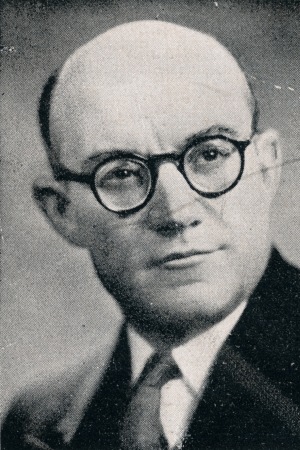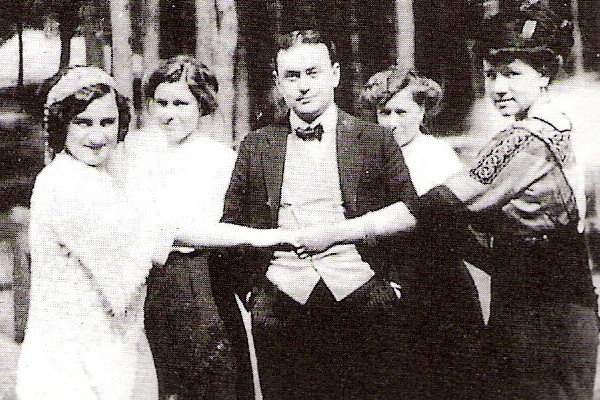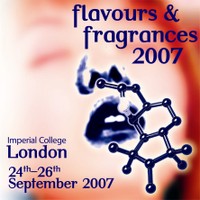Perfumers on Perfume : Vincent Roubert
My fascination with vintage perfumes owes a lot to Coty L’Aimant and Jacques Fath Iris Gris, fragrances created by Vincent Roubert. I stumbled across L’Aimant at a second-hand clothing store, where its red box sat among the bins of faux pearls from the ’60s and “genuine nylon” shirts from the ’70s. I had no idea that this perfume was launched in 1927 or that it was Coty’s answer to the smashing success of Chanel No. 5. I simply enjoyed its powdery, sweet scent that was completely unlike any of the fragrances I smelled at department stores. It gave me an escape from my routine on par with favorite books and The Classic Movie Channel.


Iris Gris, on the other hand, was a special quest. By then, I already knew that Roubert was a talented but not a prolific perfumer and that he crafted a legend by blending the cool, earthy iris essence with the luscious sweetness of peach skin. I searched high and low, and when I finally found a bottle of Iris Gris, the remaining perfume smelled of tobacco and sour wine. It was too old. My encounter with Iris Gris–pristine, stunning–took place years later, and I still have a blotter perfumed with iris and peaches.
So who was Roubert? What inspired him? In partnership with the Osmothèque, I offer you an excerpt from The Perfume of Memories, a 1947 magazine article by Vincent Roubert. The Osmothèque has all of the perfumes he mentions in his piece: Caron Fleurs de Rocaille, Chanel No. 5, Coty À Suma, Coty L’Aimant, Coty Muse, Guerlain Jicky, Guerlain L’Heure Bleue, Houbigant Cœur de Jeannette, Houbigant Demi-Jour, Houbigant Quelques Fleurs, and Lanvin Arpège. Iris Gris is still awaiting its hour.




















Aurora in Recommend Me a Perfume : April 2024: I don’t think they differ widely in scent, the EDT is punchier and a bit brighter in the top notes and the EDP clings more to the skin and lasts… April 26, 2024 at 2:27pm